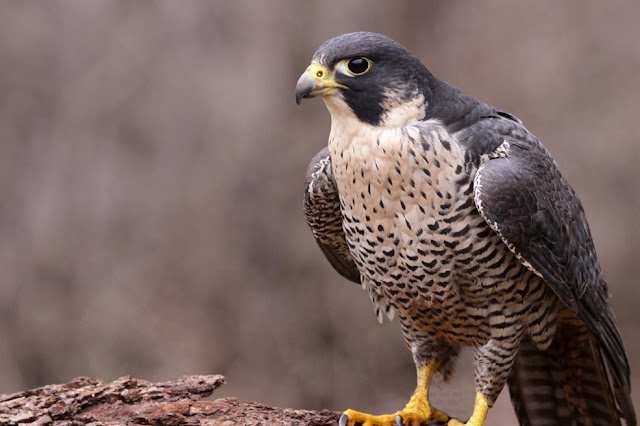The Ionian coast is characterized by low cliffs, stretches of sand and signal towers.
Porto Cesareo is definied “Caraibi” for the colour of the sea and its golden beaches.
Along the road leading to St. Caterina you meet the naturalistic Park of PortoSelvaggio; its pine-wood reflects its green in the sea.
Beetween S. Caterina and S. Maria al Bagno, there is a place called “Cenate” where are many elegant villas.
“The four columns” are the remains of an ancient watch tower in St. Maria al Bagno. Through the “split mountain” you reach Lido Conchiglie and then immediately Gallipoli.
The Ionian coast.
The beautiful city, in greek “Kalè Polis” is an island in the Ionan Sea, famous for the production of olive oil. Worth a visit the church dedicated to St. Agata, the Greek Fountain and the church of Purity embellished with paintings by L. Riccio.
After an interesting walk we suggest you to taste delicious almond pastries called “Divini amori”.
Along the coast you meet many beach resorts and Ugento ( famous Messapian center). Its archeological remains are kept in the museum.
Then you reach the heel of the boot: S. Maria di Leuca (de finibus terrae) where the two Seas meet.The Adriatic Coastline, from S. Cataldo to Otranto is low and sandy. From Otranto to S. Maria di Leuca it becames high and indented, rich in grottos, precipices and Saracen towers.
The salentina coast.
The salentina coast offers the best possibilities for interesting stops such as: S.. Foca, Roca and T.rre dell’orso crowded of tourists and coves, small beaches and islands.
The “grotta della Poesia” (Roca) is the meeting point of bathers.
Near T.rre dell’Orso there are two large rocks called “The two sisters”.
Beaches & castles.
Going towards Otranto, you meet “the Alimini lakes”which are two mirrors of water. You reach Otranto, famous Byzantine centre where you can visit: the Cathedral and its mosaic floor, the church of St. Peter and the castle.
Along the coast road Porto badisco is the landing-place of Aeneas where deer cave is an example of rupestrian painting. St. Cesarea Terme is the next delightful resort well known for thermal baths.
We suggest you to visit Zinzulusa grotto (Castro), Tricase where there is the century old oak and Palazzo Gallone and the Ciolo. Our tour ends in S.Maria di Leuca, definied the heel of the boot.The sanctuary rises on a promontory where the two seas meet.










































